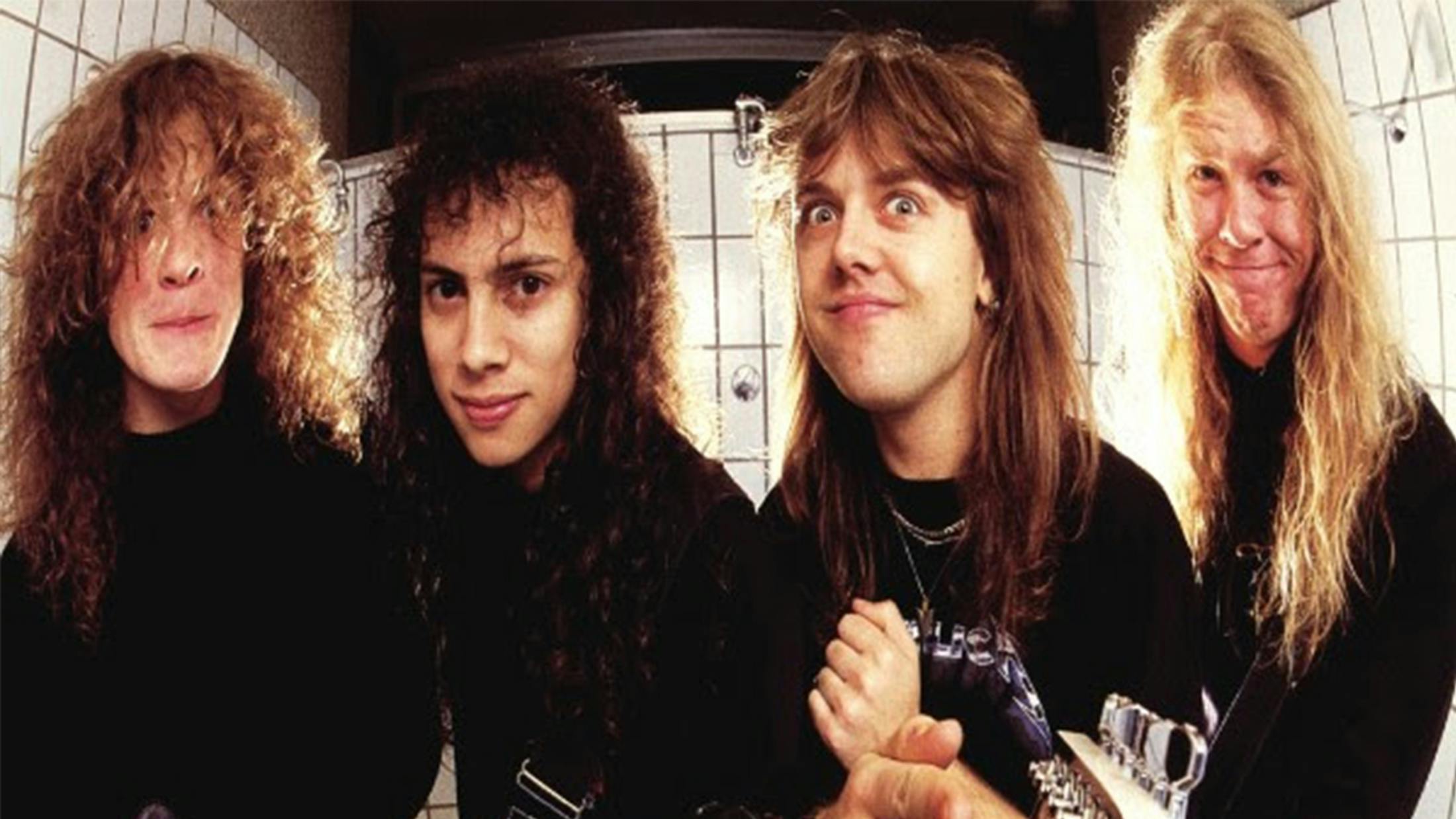Metallica are a band apart, in terms of importance, influence and the sheer quality scattered (lop-sidedly) through their catalogue. For most outfits, Top 20 lists like these largely pick themselves: a slew of hit singles rounded-out by deeper cuts and fan favourites that’ve shown their quality over time. Not so the Bay Area giants, who’ve easily produced double that number with the complexity, innovation and sheer power to be considered solid gold classics.
Between frontman James Hetfield, drummer Lars Ulrich, guitarist Kirk Hammett and their three bassists Rob Trujillo, Jason Newsted and the venerable Cliff Burton (not to forget past six-string contributor Dave Mustaine) they’ve produced 10 studio albums, numerous thrilling live albums, experimental releases that’ve varied from the wildly successful (1999’s orchestral masterpiece S&M) to the risible (2011’s admirable but ultimately misguided Lou Reed collaboration Lulu) and game-changing progressions that’ve shunted the whole scene forward.
With all that in mind, proceed in the knowledge that we’ve not forgotten those thumping crowd-pleasers (Fuel, Wherever I May Roam), experimental epics (The Call Of Ktulu, …And Justice For All) and straight-up bangers (Fight Fire With Fire, Disposable Heroes, Of Wolf And Man, All Nightmare Long) absent from our list, but that these best of the best are just that little bit better…
